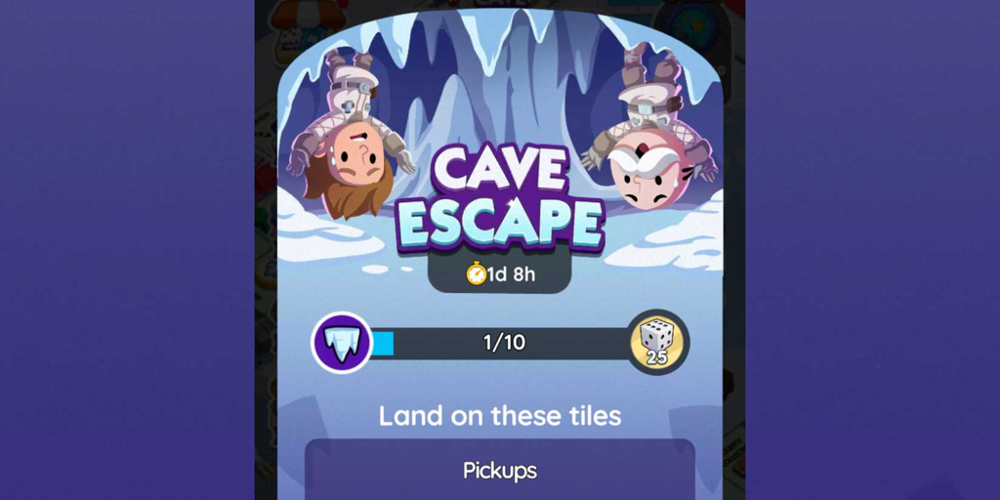What are Marvel Rivals and Marvel Rivals Lattices? Marvel Rivals Lattices(https://lootbar.gg/top-up/marvel-rivals?utm_source=blog ) is the premium currency used primarily to acquire the Battle Pass, granting access to exclusive cosmetic content like character skins, emotes, sprays, and player banners. To obtain Marvel Rivals Lattices, you can top up through various **** trading platforms where it is available for purchase.
Why Choose LootBar.gg to top up Marvel Rivals?
If players are looking to top up Marvel Rivals Lattices, they may want to consider using the LootBar **** trading platform. This platform stands out by providing a highly professional and secure environment for purchasing in-**** currency, catering to a global audience with support for numerous popular titles. With round-the-clock customer service and a variety of payment options, it ensures a smooth and convenient experience for every user.
Moreover, when you decide to buy Marvel Rivals Lattice(https://lootbar.gg/top-up/marvel-rivals?utm_source=blog ) on lootbar.gg(https://lootbar.gg/?utm_source=blog ) , you can benefit from significant cost savings due to competitive pricing and regular discounts. The platform often offers promotions that can reduce costs substantially, making it an economical choice. Additionally, LootBar fosters a friendly community through its blog and Discord, where players can access useful guides and engage with fellow gamers.
How to top up Marvel Rivals at LootBar?
To top up Marvel Rivals(https://lootbar.gg/top-up/marvel-rivals?utm_source=blog ) Lattices on the LootBar trading platform, follow these steps:
Begin by visiting the official LootBar.gg website and make sure to select your desired language and currency for a smooth transaction experience.
Once logged in, navigate to the top-up section and locate Marvel Rivals among the available games.
Enter your Marvel Rivals User ID accurately to ensure the Lattices will be credited to your account.
Decide how many Marvel Rivals Lattices you wish to top up, then select the corresponding amount from the options provided.
Pick your preferred payment method from those listed and proceed by clicking the payment button to finalize your purchase.
With these steps, you’ll quickly and securely top up Marvel Rivals Lattices to enhance your in-**** experience.
What is the best Gaming Top-Up Platform?
For players seeking reliable, efficient, and better priced gaming top-up, LootBar stands out as the best platform. Its high level of customer satisfaction is evident from a
*.*/*.* rating on Trustpilot
, confirming its status as the go-to choice for gaming top-up.
Why Choose LootBar.gg to top up Marvel Rivals?
If players are looking to top up Marvel Rivals Lattices, they may want to consider using the LootBar **** trading platform. This platform stands out by providing a highly professional and secure environment for purchasing in-**** currency, catering to a global audience with support for numerous popular titles. With round-the-clock customer service and a variety of payment options, it ensures a smooth and convenient experience for every user.
Moreover, when you decide to buy Marvel Rivals Lattice(https://lootbar.gg/top-up/marvel-rivals?utm_source=blog ) on lootbar.gg(https://lootbar.gg/?utm_source=blog ) , you can benefit from significant cost savings due to competitive pricing and regular discounts. The platform often offers promotions that can reduce costs substantially, making it an economical choice. Additionally, LootBar fosters a friendly community through its blog and Discord, where players can access useful guides and engage with fellow gamers.
How to top up Marvel Rivals at LootBar?
To top up Marvel Rivals(https://lootbar.gg/top-up/marvel-rivals?utm_source=blog ) Lattices on the LootBar trading platform, follow these steps:
Begin by visiting the official LootBar.gg website and make sure to select your desired language and currency for a smooth transaction experience.
Once logged in, navigate to the top-up section and locate Marvel Rivals among the available games.
Enter your Marvel Rivals User ID accurately to ensure the Lattices will be credited to your account.
Decide how many Marvel Rivals Lattices you wish to top up, then select the corresponding amount from the options provided.
Pick your preferred payment method from those listed and proceed by clicking the payment button to finalize your purchase.
With these steps, you’ll quickly and securely top up Marvel Rivals Lattices to enhance your in-**** experience.
What is the best Gaming Top-Up Platform?
For players seeking reliable, efficient, and better priced gaming top-up, LootBar stands out as the best platform. Its high level of customer satisfaction is evident from a
*.*/*.* rating on Trustpilot
, confirming its status as the go-to choice for gaming top-up.
What are Marvel Rivals and Marvel Rivals Lattices? Marvel Rivals Lattices(https://lootbar.gg/top-up/marvel-rivals?utm_source=blog ) is the premium currency used primarily to acquire the Battle Pass, granting access to exclusive cosmetic content like character skins, emotes, sprays, and player banners. To obtain Marvel Rivals Lattices, you can top up through various game trading platforms where it is available for purchase.
Why Choose LootBar.gg to top up Marvel Rivals?
If players are looking to top up Marvel Rivals Lattices, they may want to consider using the LootBar game trading platform. This platform stands out by providing a highly professional and secure environment for purchasing in-game currency, catering to a global audience with support for numerous popular titles. With round-the-clock customer service and a variety of payment options, it ensures a smooth and convenient experience for every user.
Moreover, when you decide to buy Marvel Rivals Lattice(https://lootbar.gg/top-up/marvel-rivals?utm_source=blog ) on lootbar.gg(https://lootbar.gg/?utm_source=blog ) , you can benefit from significant cost savings due to competitive pricing and regular discounts. The platform often offers promotions that can reduce costs substantially, making it an economical choice. Additionally, LootBar fosters a friendly community through its blog and Discord, where players can access useful guides and engage with fellow gamers.
How to top up Marvel Rivals at LootBar?
To top up Marvel Rivals(https://lootbar.gg/top-up/marvel-rivals?utm_source=blog ) Lattices on the LootBar trading platform, follow these steps:
Begin by visiting the official LootBar.gg website and make sure to select your desired language and currency for a smooth transaction experience.
Once logged in, navigate to the top-up section and locate Marvel Rivals among the available games.
Enter your Marvel Rivals User ID accurately to ensure the Lattices will be credited to your account.
Decide how many Marvel Rivals Lattices you wish to top up, then select the corresponding amount from the options provided.
Pick your preferred payment method from those listed and proceed by clicking the payment button to finalize your purchase.
With these steps, you’ll quickly and securely top up Marvel Rivals Lattices to enhance your in-game experience.
What is the best Gaming Top-Up Platform?
For players seeking reliable, efficient, and better priced gaming top-up, LootBar stands out as the best platform. Its high level of customer satisfaction is evident from a
4.9/5.0 rating on Trustpilot
, confirming its status as the go-to choice for gaming top-up.
0 Σχόλια
0 Μοιράστηκε
3 Views
0 Προεπισκόπηση
















